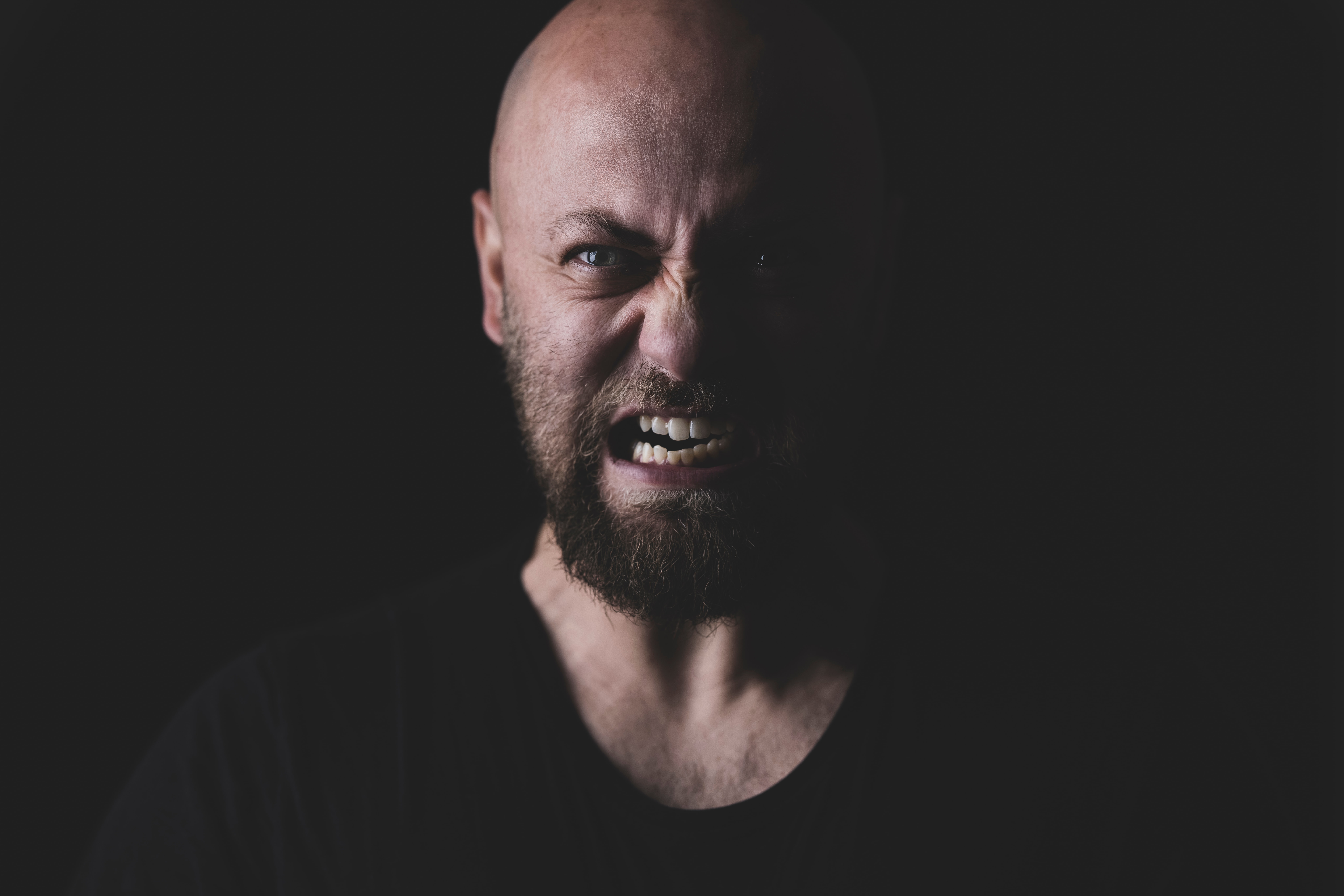
Part 1: Introduction | Part 2: Jonah, for the First Time | Part 3: Exemplary Pagans | Part 4: A Psalm | Part 5: More Exemplary Pagans | Part 6: Jonah v. God | Part 7: Who Will Judge Nineveh? | Part 8: How Will He Judge Nineveh? | Part 9: Why Will He Judge Nineveh? | Part 10: Why the Delay?
Our third prophet, Habakkuk, will wrap up our thinking with a flourish. He has asked God why he hasn’t judged Judah for her sins, and God has assured him that he will—with the Chaldeans (Babylonians).
But this raises another question. The Babylonians, like the Assyrians, are cruel and violent. Habakkuk asks, “Why, God, would you judge sinners by giving victory to even worse sinners?” (Hab 1.13). How can God use, and benefit, such ruthless (Hab 1.14), brutal (Hab 1.15), sensuous (Hab 1.16), and relentless (Hab 1.17) people?
Good question. And now Habakkuk waits for an answer (Hab 2.1).
Was he out of line for asking the question? I don’t think so—not if God gave him the answer he requested. Even further, God ordered Habakkuk to write down the answer and to run to deliver it to his people (Hab 2.2).
Justice is coming, God says, but slowly (Hab 2.3). You need to trust me and be patient (Hab 2.4).
The next section (Hab 2.5-20) is a “taunt song,” similar to the one David spoke to Goliath as their battle approached. God describes what he will to the the Chaldeans:
- The looter will be looted (Hab 2.6-8).
- The cocky one will be exposed (Hab 2.9-11).
- The expansionist will be thwarted and outshone by the glory of God (Hab 2.12-14).
- The shameless will be defamed (Hab 2.15-17).
- The idolatrous will be powerless before the enthroned God of heaven (Hab 2.18-20). The Hebrew of Hab 2.20 effectively says, “Hush!”
God will act in his own time, overcoming Habakkuk’s enemies in ways the prophet never could. To this point in the book, we’ve seen our second principle restated: God is better at dealing with our enemies than we can be,
But the book doesn’t stop there; there’s one more chapter. Here God quits speaking, and the prophet speaks in response to what he has heard.
Or rather, he sings; this is a musical work, as the musical term Shigionoth (Hab 3.1) indicates. And what does he sing?
He begins with full recognition of the greatness of this God who is in his holy temple, infinitely greater than Habakkuk, than Judah, than Chaldea, and even than the whole earth (Hab 2.20). The prophet has asked his questions; now it’s time for him to reflect on the answers.
He begins by describing the Lord’s powerful execution of judgment and justice. I won’t go into the details; it’s moving enough for us just to read it thoughtfully. At the end of it all, the prophet stands overwhelmed by this all-powerful God (Hab 3.16).
But.
He can “rest in the day of trouble” (Hab 3.16), because this all-powerful God is no stranger; he is the covenant God of Judah. He is Habakkuk’s God.
And so he closes with words with which most of us are familiar.
No matter what happens (Hab 3.17), he says, “I will rejoice in the Lord” (Hab 3.18).
Why?
Because God will do things right; he will keep his promises; he will deliver his people.
So how do we think about our enemies?
- We see them not as enemies, but as broken objects of God’s love, just as we are.
- We trust God to deal with them infinitely more effectively than we can.
- And we trust God to do the right thing, and to do it perfectly.
In this world or the next, our enemies will be properly dealt with. We have the privilege of trusting our God, who is in his holy temple.
Fear and despair in the face of polarization and rage is just stupid.
Photo by engin akyurt on Unsplash
